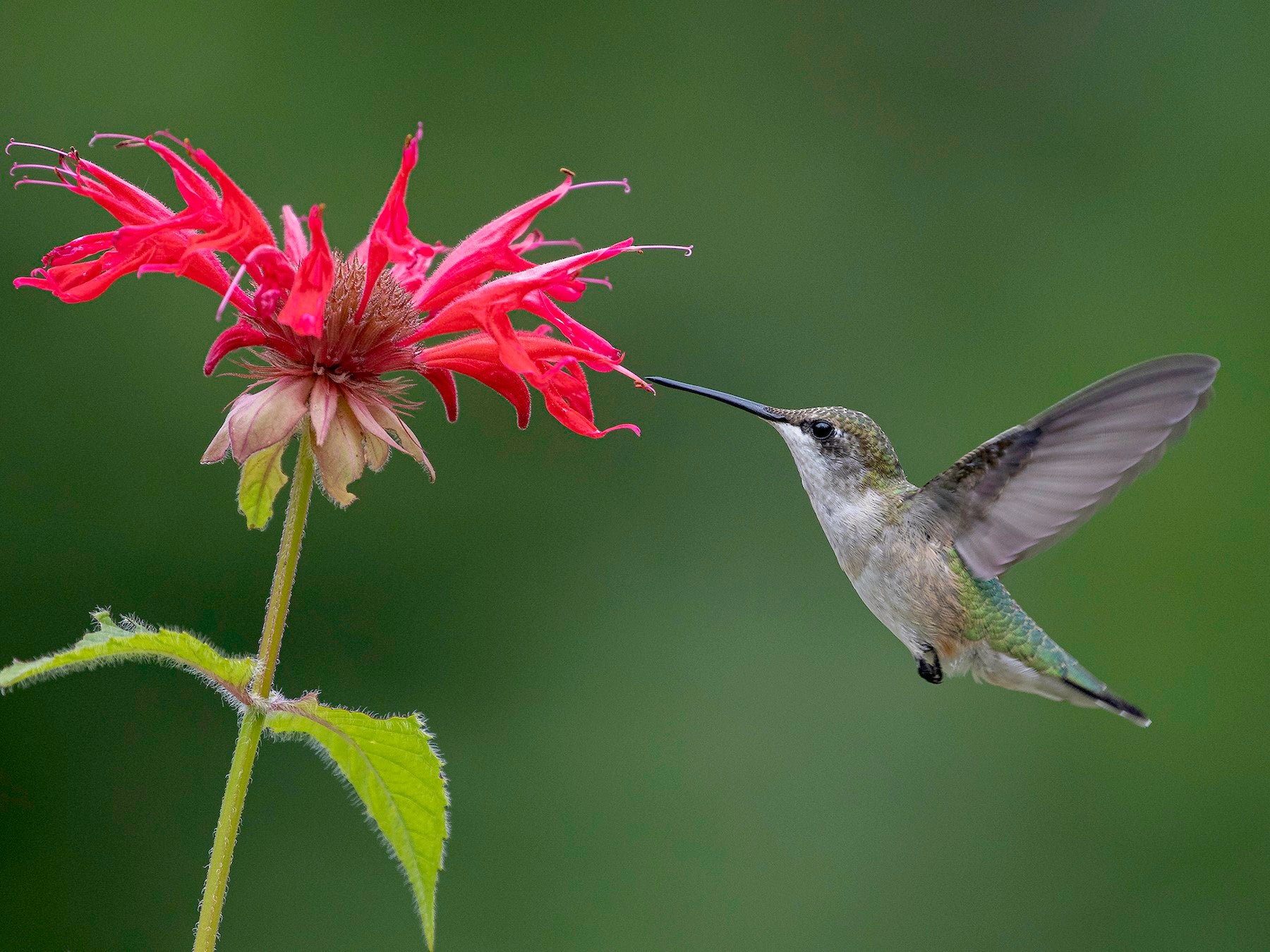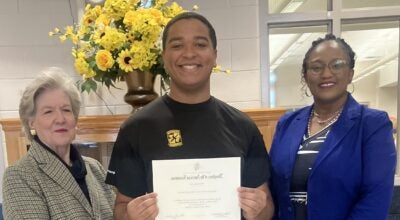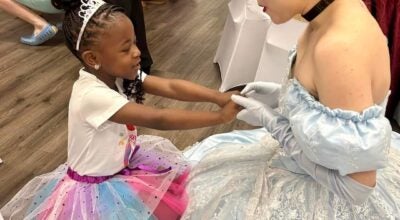Hummingbirds in Greenville
Published 3:21 pm Monday, May 16, 2022
|
Getting your Trinity Audio player ready...
|
There is something magical about spotting a hummingbird hovering over newly sprouted flowers. The tiny birds dart to and fro with lightning speed, seemingly weightless.
Greenville native Charlie Kennedy has been a birding enthusiast since the 1970s.
“I saw a Hummer at my camp house around March 10,” Kennedy said.
The birds are known to migrate to Alabama as early as February.
Kennedy said, “Phil Snow, who used to do the sports at WSFA television station, believed bird watching should be considered a sport.” Kennedy is also acquainted with Fred Bassett, the master hummingbird bander.
According to the website hummingbirdresearch.net, Bassett has worked with these birds for over 20 years. He has banded more than 35,000 hummingbirds and documents hummingbirds who winter in south Alabama and Florida.
Bassett documented another record in the hummingbird world. In July 2019, he recaptured a female Black-chin that he had previously banded in June 2008. She is the second oldest hummingbird on record, coming in at 12 years and one month old. Bassett located her in Inkom, Idaho.
Kennedy and fellow bird enthusiast Annabel Markel, both agree that it’s important to put out hummingbird feeders every year; not just for the enjoyment of watching them, but for the added nourishment it gives to the birds.
Hummingbirds prefer cane sugar the most, and some scientists believe these birds can actually taste the difference between cane sugar and beet sugar.
“The proper mixture for a hummingbird feeder is one-part sugar to four parts water,” Markel said. You don’t have to boil the water, but the sugar will dissolve better if the water is warm. “Do not put red dye in your mixture,” Markel added. Red 40, which is a dye that has been approved by the FDA for humans, is not meant for hummingbirds. Also, experts say not to put honey, Jell-O, or brown sugar in your feeders.
You can keep the syrup in the refrigerator for up to two weeks, but if the mixture gets cloudy, it’s spoiled. You need to discard it, as well as any unused syrup.
Experts say that hummingbirds will starve rather than eat spoiled syrup.
Every time you fill the feeder, flush it with hot water.
“Do not use soap to clean the feeder” Markel said. “At least once a month, clean the feeder with ¼ cup bleach to one gallon of water.”
Soak the feeder for one hour, then rinse with running water. You can also use white vinegar instead of bleach.
Kennedy recommends the use of big mouth feeders, as they are easier to clean.
Kennedy said, “You can hang red ribbons close to your feeders to attract hummingbirds.”
You can also plant red flowers, trees and shrubs. Azaleas, butterfly brush and mimosas work well in the garden to attract the birds. Vines, like coral honeysuckle, morning glory and trumpet creeper are also great to have in the garden; although the creeper plant can be invasive.
Adding flowers not only attracts much needed bugs for the Hummer’s to feed on, the plants offer nectar that the birds need. Perennials such as columbine, coral bells, and foxglove add beauty to the garden and serve a purpose. Your annual plants can also include fuchsias, impatients, and petunias.
Using banana peels and over ripe fruit is also a good way to attract flies and small insects. into the Hummer’s feeding area.
The first arrivals are usually male, having spent the winter months in Central America or Mexico. They migrate in both spring and fall and usually fly by day.
Hummingbirds are loners and migrate alone. They do not scout out an area beforehand, but they do return to the same spot every year.
While there are over 330 species of hummingbirds, 14 of these are recognized in Alabama. The most common hummingbird in this area is the Ruby-throated variety. Male Rubies have a ruby red throat or gorget, while the females have a white throat.
Rubies are one of the smallest species of Hummingbird, ranging in size between three and five inches in length and weighing between two and six grams. While small, they flap their wings 15 to 80 times a second and their heartbeats up to 1,260 times a minute.
One of the things most recognizable about a hummingbird is its bill. Their bill is long and slender, making it easier for them to reach deep into flowers and feed on the nectar.
They are the only birds that can hover. They fly both backwards and upside down. Each species of hummingbird also has its own unique ‘language’.
They build their nests from scratch and the females build their nests in trees or shrubs, usually between 10 and 50 feet above ground.
Although hummingbirds are found only in the Western hemisphere, the Rufus variety are seen quite frequently in Alabama during the winter months, as well as the Black Chin.
For more information, contact Hummingbird Research, Inc. If you would like to help support this organization and their efforts to conserve hummingbirds, you can send your donations to, Hummingbird Research, Inc., 1520 Katrina Place, Montgomery, Alabama, 36117. You can also reach them at (334)868-9658, or at www.hummingbirdresearch.net. Bassett can be reached by email at fhound@aol.com.





